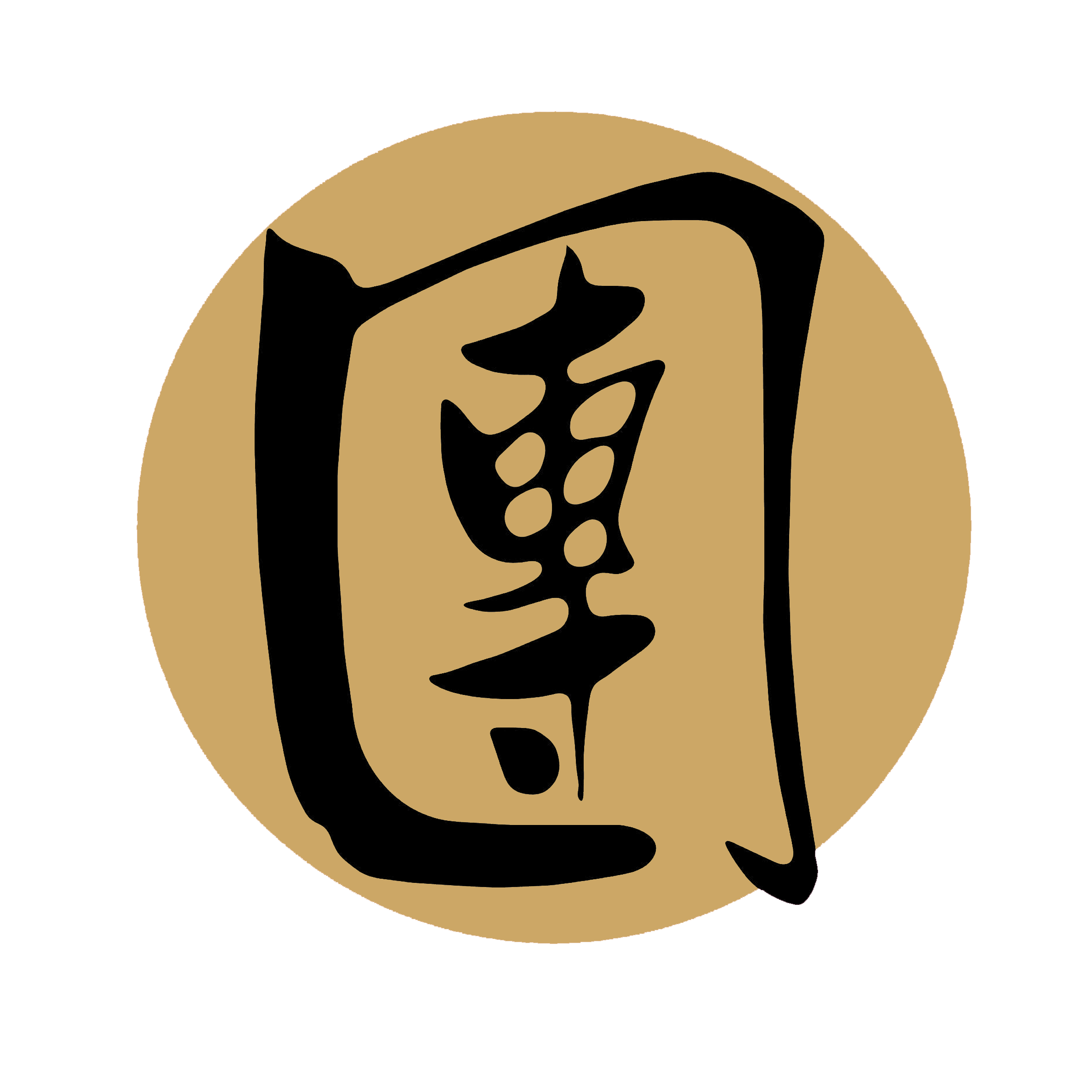40. Jit-chui: Choy Li Fut Kung Fu Technique
Jit-Chui: The Martial Art of Intercepting Fists
Jit-Chui, also known as Intercepting Fists, is a fundamental technique in the world of martial arts. Derived from traditional combat systems, Jit-Chui focuses on intercepting and countering incoming strikes with precise and swift hand movements. In this article, we will explore the principles, training methods, and practical applications of Jit-Chui, shedding light on its effectiveness as a defensive and offensive technique.
At its core, Jit-Chui is based on the concept of intercepting an opponent's attack before it reaches its intended target. Instead of evading or blocking strikes, practitioners of Jit-Chui aim to intercept and redirect the incoming force, neutralizing the threat while simultaneously launching a counter-attack. This technique requires a combination of speed, timing, and accurate hand-eye coordination.
To execute Jit-Chui effectively, practitioners must develop keen situational awareness and anticipation skills. They must be able to read their opponent's movements and intentions, allowing them to intercept strikes with precision. Training in Jit-Chui involves drills and exercises that focus on enhancing reaction time, sensitivity to opponents' movements, and the ability to read subtle cues.
The training methods for Jit-Chui often involve partner drills, sparring, and shadowboxing. Through partner drills, practitioners practice intercepting various strikes such as punches, hooks, and uppercuts. These drills improve their ability to intercept strikes with proper timing and accuracy. Sparring sessions allow practitioners to apply Jit-Chui techniques in a realistic combat scenario, honing their skills under pressure. Shadowboxing provides an opportunity for practitioners to refine their technique, footwork, and overall body coordination.
One of the key advantages of Jit-Chui is its versatility in both defensive and offensive situations. Defensively, Jit-Chui enables practitioners to intercept and redirect an opponent's strike, minimizing the impact and creating openings for counter-attacks. By neutralizing the opponent's force, practitioners can effectively control the engagement, preventing further attacks. Offensively, Jit-Chui allows practitioners to seize the initiative by intercepting an opponent's strike and immediately launching a counter-attack, capitalizing on the opponent's vulnerability.
Aside from its practical applications, Jit-Chui also cultivates important principles of martial arts, such as discipline, focus, and adaptability. Practitioners must develop discipline in training and adhere to proper technique to ensure effective execution. Focus is crucial to maintain awareness and react swiftly to intercept incoming strikes. Adaptability is essential, as Jit-Chui requires practitioners to adapt their movements and techniques based on the opponent's actions.
Ethical considerations are paramount when practicing Jit-Chui or any martial art. Practitioners must understand that the purpose of Jit-Chui is self-defense and should only be used responsibly and within legal boundaries. Respect for opponents, avoidance of unnecessary harm, and promoting personal growth and self-discipline are key ethical principles that practitioners should uphold.
In conclusion, Jit-Chui, the art of Intercepting Fists, is a dynamic and effective technique in martial arts. With its emphasis on intercepting and countering strikes, Jit-Chui provides practitioners with a powerful defensive and offensive tool. Through dedicated training, practitioners can develop the necessary skills and attributes to execute Jit-Chui with precision and effectiveness. Alongside technical proficiency, practitioners should embrace the ethical principles of martial arts, ensuring responsible and respectful use of their skills. By integrating Jit-Chui into their martial arts repertoire, practitioners can enhance their combat abilities and contribute to their personal growth as martial artists.
